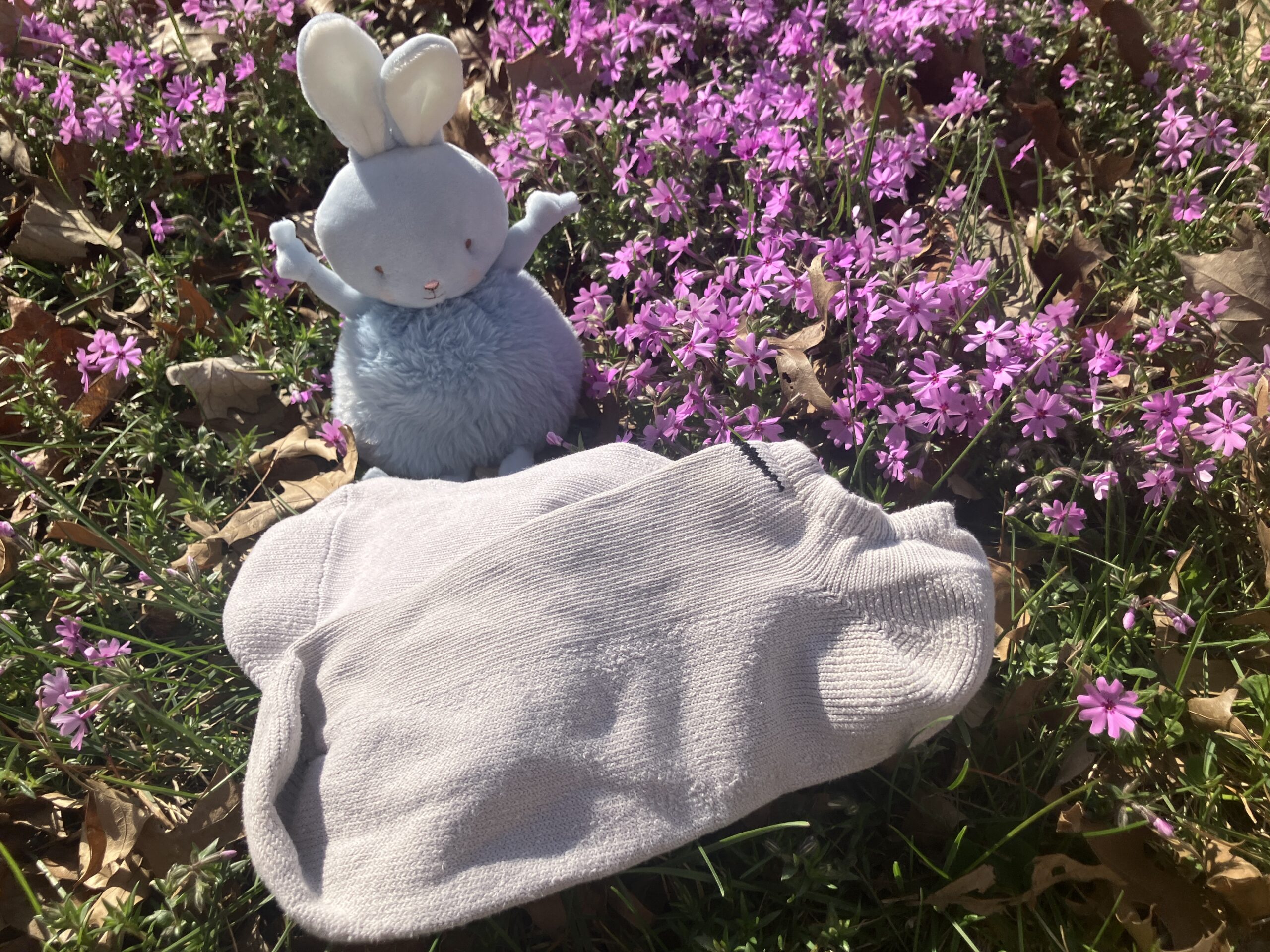At the doctor’s office, I was told to undress and get into a gown by the nurse. As I started to untie my shoes, the nurse said, “Cool shoes!” as she gathered her things to leave.
“Thanks!” I replied, looking down at them lovingly.
My shoes were cool. They were the kind of shoe that were equally at home at church, at a rock concert, at the grocery store or at the gym. They were so cool, I treated them more like a vintage sports car than like shoes. I took great care to keep them in mint shape. I never wore them any place or in any kind of weather in which they might get dirty, and when I was done taking them out for a spin, I rubbed them down with an old baby diaper and put them carefully away in their shoe box. I’m not normally like this about shoes, as my other shoes would attest. In fact, I’m usually pretty hard on shoes. But these shoes were so cool, I couldn’t bring myself to mar them in any way.
So, it was from such heights of glory that I would soon fall. I took my shoes off and she saw my socks. She didn’t say anything. She didn’t have to. It was written all over her face. Any distinction I had held on account of my cool shoes disappeared in the time it took her brain to process what was hiding within them. She fumbled for the door knob and was out of the exam room before I could formulate a defense for my dingy socks.
Why do I wear dingy socks? I didn’t start out as a dingy sock advocate. I was like most people and had a preference for bright white socks. I bought my current supply of socks a little over twenty years ago and loved their very white color. I wore them mostly to run, which is generally the only time I wear socks. Most of the time I wear flip flops or some other type of sandal because my feet get hot very easily. So, they were, for the most part, my running socks.
I started having many babies and put my running on hold for about 15 years. The socks weren’t used much, except for going to the occasional doctor’s visits when flip flops wouldn’t have been appropriate weather-wise. I didn’t see any need to buy new socks considering how little I wore them and the fact that they were never seen when I did.
It wasn’t until after I picked up running again when my youngest was about one that I even thought of reevaluating my sock supply. They had definitely lost their bright white glow. But aside from that, they were in excellent shape, especially for 20-year-old socks. Plus, at the time, my husband’s paycheck was not keeping up with the crazy inflation. That made it difficult to justify buying brand new socks when I had perfectly good ones already—despite their imperfect color—and we needed the money to buy food. The socks were no-shows, so they just barely came up above the shoe. And since their superficial accents were the only objectionable thing about them, I pressed forward and kept wearing them.
My husband ended up getting a much better job and I could have replaced them, but by that point, I was completely enthralled by these socks. Sure, they couldn’t technically be classified as “white” anymore (they were getting closer to the gray family), but there was no other sign of deterioration about them. I could find no tears, no holes, not even spots that looked like they were getting worn through. (I chose not to bleach them because that might have compromised the integrity of their fibers and lead them to an untimely demise.)
How was this even possible? All of my kids and my husband were regular sock wearers and we were lucky if their socks went six months without the formation of holes. We even bought name brand socks in hopes that they would be better quality but it seemed to make no difference. Our sock budget rivaled that of the GDP of a small nation.
Had the quality in socks decreased that much in twenty years while the price increased? Or had I stumbled across some sort of magical collection of socks that did not fall apart despite the abuse put to them? The only tell-tale sign of their age was the discoloration.
Whatever the reason for their seeming indestructability, I think they have a wider lesson to teach. Definitely from the baby boomer generation on, we’ve experienced relative affluence as a society. We’ve become more disposable-minded. There is always something newer and better coming out. There are always things going out of fashion and becoming obsolete. How things look and whether they’ve passed from fashion has become very important to us.
Maybe we should worry less about how things are perceived and, instead, judge them by how well they still work. Just because something has gotten older and has started to gray doesn’t mean it’s time to throw it out. Things that look old and gray are still perfectly viable and, in many cases, are better quality than any newer, better-looking replacements.
We discard things that work perfectly well because newer versions come along. We have been formed to think that new is better because it is new. I wish I could say this ended with clothing but it doesn’t. This attitude permeates everything from how we dress to how we eat to housing to appliances to furniture to how we raise our children to how we educate our children to our spouses to literature to music to art to economic systems to our socializing to our governing to our morality to our religion.
Progress—represented here by the white socks—has become an idol that is turning our head away from the better, the truer, the wiser, the enduring things—here represented by the dingy socks. We should not be embarrassed to wear our dingy socks if they work better and have been proven. And we should not be surprised to find dingy socks under very cool shoes. We often forget that novelty and cool and new were built on the foundation of old and shabby and passé.
I’m not sure if my socks persevere because of their quality or with a little supernatural help or maybe even a mixture of the two. I am sure that they are good sturdy socks that don’t need to be replaced just because newer, better looking socks have come along. They may have lost their novelty to the fickle human heart, but they’ve stood the test of time and have endured through the rise and fall of many passing pairs of “new” socks.





0 Comments